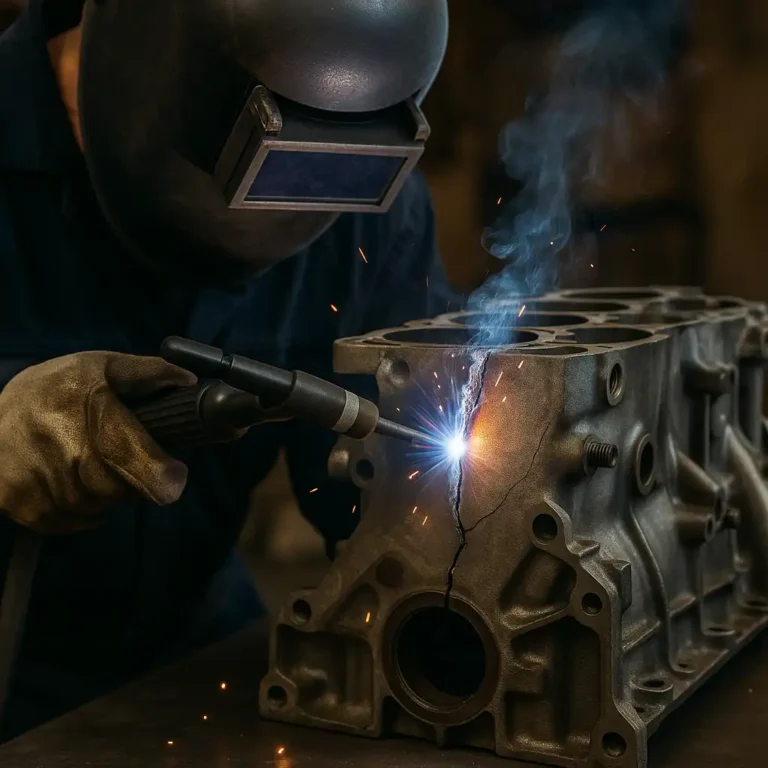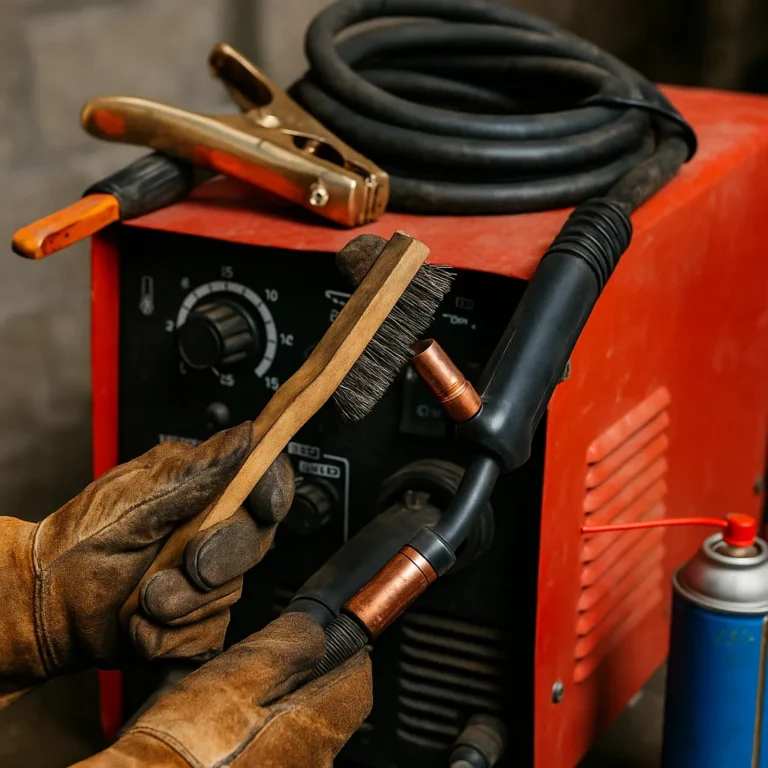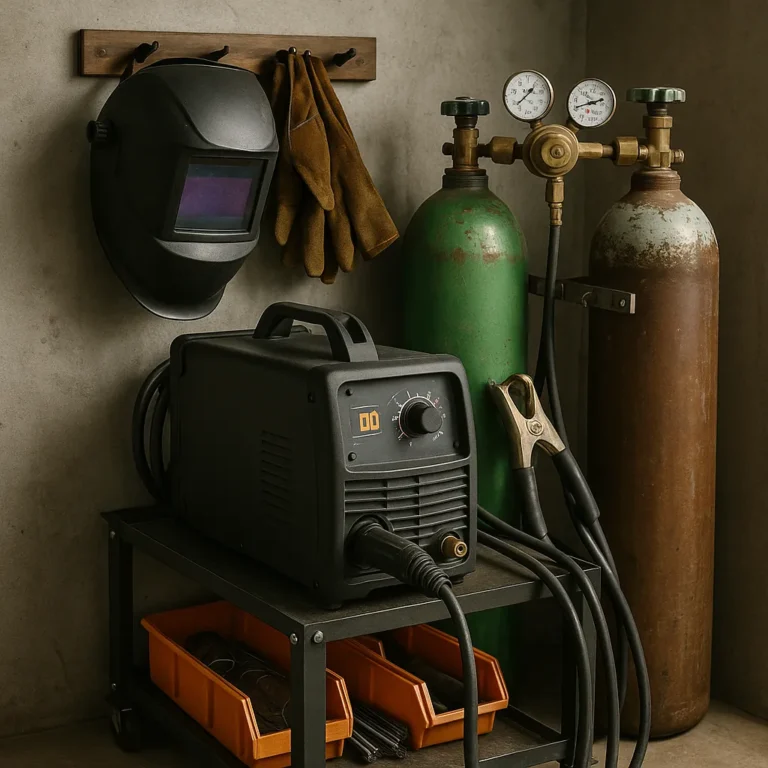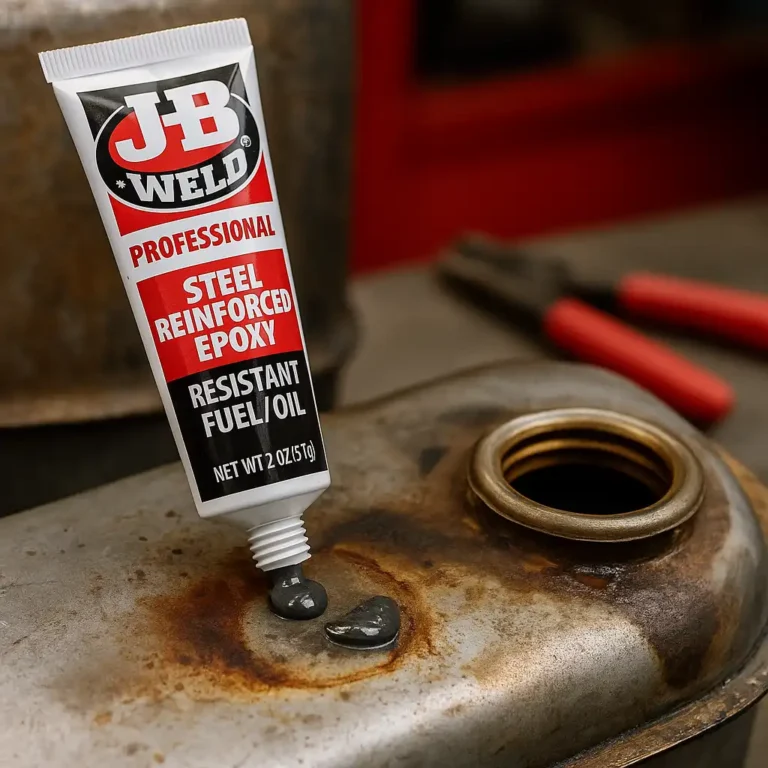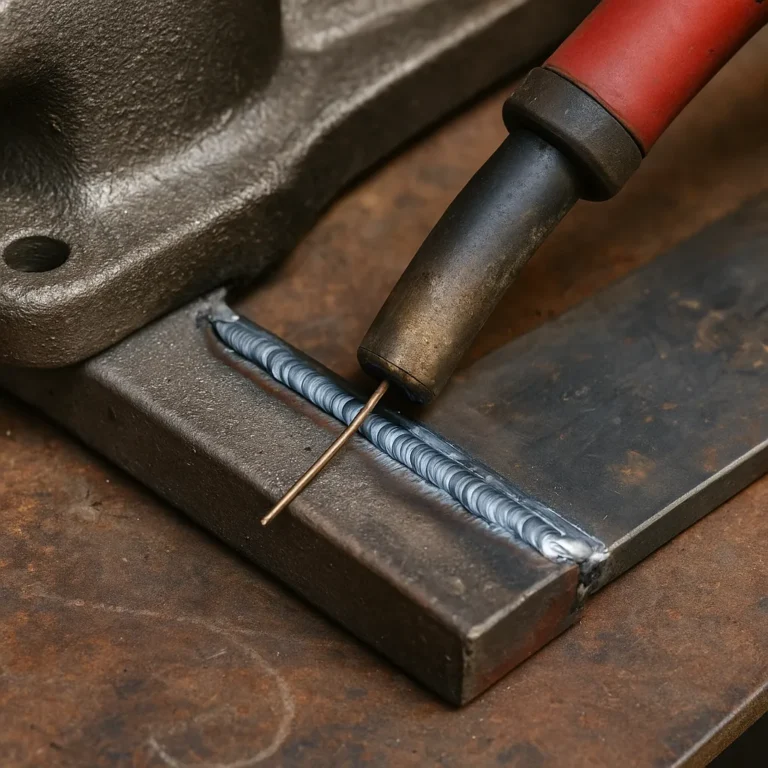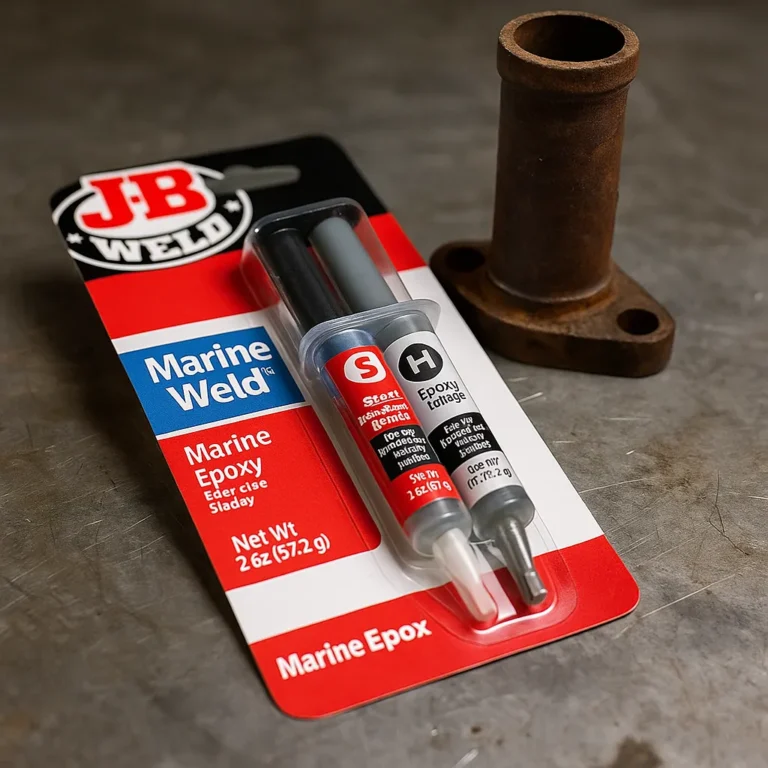J-B Weld ExtremeHeat Reviews: A Solid High-Temp Fix That Actually Works
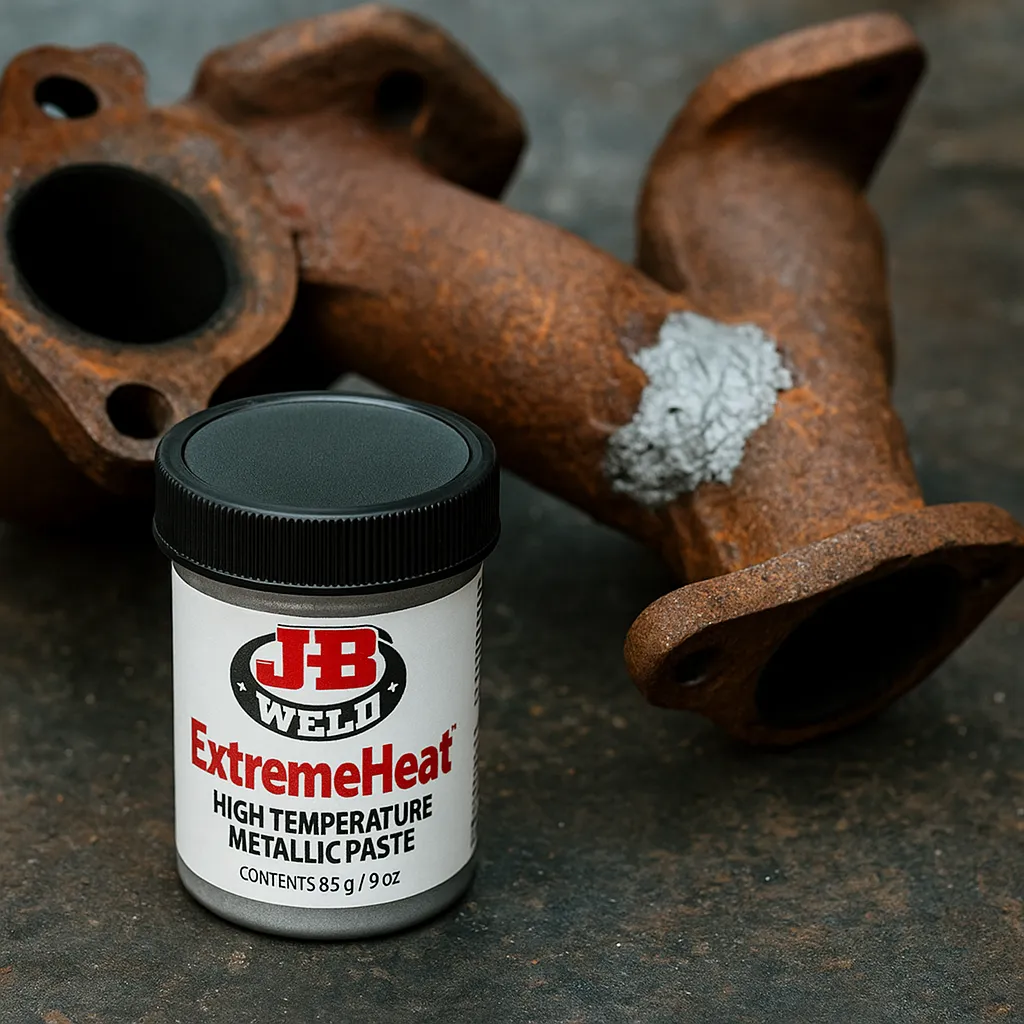
Disclosure: This post contains affiliate links. As an Amazon Associate, I earn from qualifying purchases—at no extra cost to you.
When you’re dealing with cracked exhaust manifolds, busted fireboxes, or engine blocks, high heat demands more than just your average epoxy. That’s where J-B Weld ExtremeHeat steps in. This 3 oz metallic paste is designed to handle temps up to 2400°F, making it a go-to option for welders, mechanics, and DIYers needing a reliable fix without firing up a welder.
It’s not a replacement for a proper weld, but when welding isn’t practical—or even possible—this stuff can absolutely save the day.
Sticking Power: What to Expect
Let’s get this out of the way—prep matters. A clean, sanded, oil-free surface is the secret to good adhesion with ExtremeHeat. Users report solid results on cast iron and steel, especially around exhaust systems and engine components.
Apply it in thin layers, press it in well, and let it cure properly. Skip any of that, and you’re asking for a failed repair.
This paste works best for sealing hairline cracks, pinholes, or patching spots where you can’t get a torch or welder in.
Works Where You Need It Most
Most folks use this on exhaust manifolds—and for good reason. The stuff holds up surprisingly well to daily driving conditions. We’ve seen reports of it lasting through months of heat cycles without flaking or falling apart.
Other uses include:
- Firebox and stove seam repairs
- Small leaks on mufflers and headers
- Grill and furnace touch-ups
Just remember—it’s meant for solid metal contact. Trying to fill large gaps or glue together broken parts won’t get you far.
Application Tips That Make a Difference
Curing is just as important as prep. This isn’t a quick-set epoxy. You’ll want to give it 6+ hours to dry and at least 24 for a full cure. Many users recommend heat cycling after it’s dry to the touch to help it harden properly.
A few extra tips:
- Only apply to bare, sanded metal
- Don’t pile it on thick—it won’t cure inside
- For best results, keep parts still during the cure time
Users who followed these steps often report excellent results, while those who rushed it usually didn’t get the bond they were hoping for.
Know the Limits
Like most specialty products, this paste has its place—and its limits. It’s rigid when cured, so it doesn’t handle flexing or expansion well. It also struggles to bond to aluminum unless prepped aggressively.
It’s not made for high-pressure or structural repairs, and it’s not a miracle product. But for sealing up heat-exposed cracks? It holds up better than most alternatives.
Check Price & Availability
View on Amazon – J-B Weld ExtremeHeat Metallic Paste (3 oz, High Temp Repair)
Conclusion
J-B Weld ExtremeHeat delivers exactly what it promises—a tough, high-temperature patch solution for specific metal repairs. When used right, it holds up under brutal heat and saves you from more costly or time-consuming fixes.
It’s not perfect, and it won’t work miracles, but it definitely earns a spot in the toolbox for those moments when welding isn’t an option.

